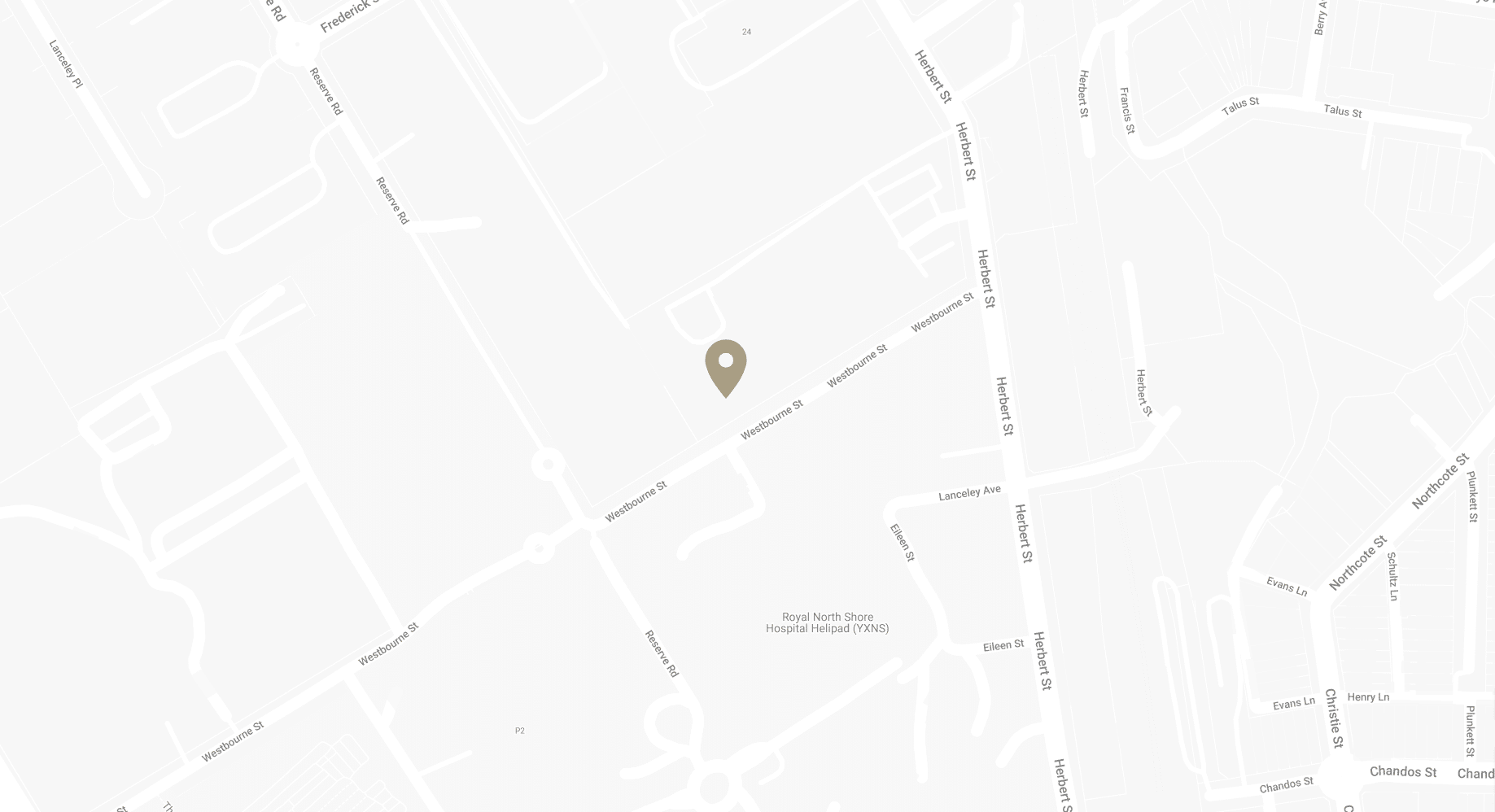How Do Bra Cup Sizes relate to Breast Implant Sizes
In today’s world, understanding the nuances of bra cup sizes and breast implant sizes is essential for every individual interested in breast augmentation procedures. Whether you’re preparing for breast augmentation or shopping for a new bra after getting the procedure, having accurate knowledge can make the process smoother and more informed.
Specialist Plastic Surgeon Dr Bish Soliman performs breast augmentation using a wide range of implant sizes to cater to the diverse needs and desires of his patients.
Download Dr Bish Soliman Cosmetic Breast Surgery Guide

What Are Bra Cup Sizes?
When you think about bras, one of the first things that might come to mind is the cup size. But what exactly does it mean?
A bra cup size, in its simplest form, represents the size of the breast that a bra is designed to hold and support. It’s a way to categorise the volume of the breast, ensuring that the bra provides the right fit and comfort. Here are some aspects you should know:
· Representation by Letters
Bra cup sizes are typically represented by letters. You’ve likely seen bras labelled as A, B, C, and so on. These letters indicate the size of the cup, with A being one of the smaller sizes and the letters progressing to indicate larger sizes. Depending on the brand and the region, these sizes can extend beyond K.
· Variations across Brands and Regions
It’s essential to note that bra sizes, including cup sizes, can vary between brands and countries. For instance, a C cup in one brand might fit differently than a C cup in another. Similarly, a C cup size in Australia is not be the same as a C cup size in Europe. Always refer to sizing charts and, if possible, try bras on before purchasing.
· Part of the Overall Bra Size
While the cup size is a vital component of the bra size, it’s not the only one. Another equally important part is the band size, represented by a number. This number indicates the circumference of the band that goes around your ribcage, right under your breasts. For example, in a bra size 12B, 12 is the band size, and B is the cup size.
· Importance of the Right Cup Size
Wearing a bra with the correct cup size is more than just about aesthetics. It’s about:
- Comfort: A bra that’s too tight or too loose can cause discomfort throughout the day
- Support: The right cup size ensures your breasts are well-supported, reducing the risk of back and shoulder pain
- Health: Continuously wearing the wrong bra size can lead to health issues over time, including posture problems and skin irritation
Breast Implant Sizes
The size of the implant can influence not only the appearance but also the feel and overall satisfaction with the procedure.
Factors Influencing Implant Size Choice
- Body Frame: The width of the chest and overall body proportions can determine which implant sizes will look natural and balanced
- Existing Breast Tissue: The amount of natural breast tissue can affect how an implant of a particular size will look and feel once placed
- Desired Outcome: Personal preferences, such as wanting a subtle versus a more noticeable change, play a significant role in the size selection
- Lifestyle: Active individuals or those participating in sports might opt for sizes that won’t hinder their activities or cause discomfort
- Type of Implant: Implants come in various materials, like saline and silicone, and each can have a different feel and appearance, influencing size choice
| Implant Size (cc) | Typical Result | Best Suited For |
| Small (100-250cc) | Provides a subtle enhancement, often chosen for a natural look. | Individuals with a petite frame or those wanting a slight increase in size. |
| Medium (250-400cc) | Popular choice for a balanced augmentation that’s noticeable yet not overly dramatic. | Those with a medium build or individuals looking for a moderate change without going too large. |
| Large (400-550cc) | Results in a more pronounced and fuller appearance. | Individuals with a broader frame or those desiring a significant change in breast size. |
| Extra Large (550cc and above) | Creates a very full and augmented look. | Best suited for those specifically seeking a very dramatic change and have the frame to support larger implants. |
How Different Implant Volumes Might Correspond with Increases in Bra Cup Sizes
The number “12” in Australian sizing corresponds to “34” in many other countries, representing the band size.
| Implant Volume (cc) | Approximate Increase in Cup Size | Potential Resulting Bra Size (Starting from a 12B) |
| 100-250cc | Half to one cup size | 12B to 12C |
| 250-400cc | One to two cup sizes | 12C to 12D |
| 400-550cc | Two to three cup sizes | 12D to 12DD/E |
| 550cc and above | Three cup sizes or more | 12DD/E and above |
Which Implant Size Aligns with Your Desired Outcome
The optimal size isn’t just about volume; it’s about how that volume complements your body’s proportions, aligns with your lifestyle, and meets your expectations.
| Cup size increase | Breast implants volume |
| Cup size A to Cup size B | 250 to 300 cc |
| Cup size A to Cup size C | 300 to 350 cc |
| Cup size A to Cup size D | 370 to 430 cc |
| Cup size B to Cup size C | 250 to 350 cc |
| Cup size B to Cup size D | 350 to 400 cc |
| Cup size B to Cup size DD | 400 to 450 cc |
| Cup size C to Cup size D | 300 to 350 cc |
| Cup size C to Cup size DD | 370 to 450 cc |
| Cup size C to Cup size E | 450 to 550 cc |
| Cup size D to Cup size DD | 300 to 400 cc |
| Cup size D to Cup size E | 450 to 600 cc |
Does the Profile of an Implant Affect Its Size?
If you wonder how the profile of an implant influences its size you should know that the profile of an implant doesn’t directly relate to its volume or “size” in cubic centimetres (cc). Instead, it describes the implant’s projection or how far it stands out from the chest wall. An implant with a volume of, say, 300cc will always have that volume, regardless of its profile. What changes with the profile is the shape and distribution of that volume.
How Different Profiles Distribute Volume
- Low Profile: These implants spread the volume over a wider area, resulting in less projection from the chest. They might be suitable if you’re looking for a broader but flatter appearance
- Moderate Profile: These offer a balance between width and projection. They distribute the volume in a way that provides a natural look, neither too flat nor too pronounced
- High Profile: These implants take the same volume but concentrate it over a smaller base width, giving more projection. The result is a more rounded and prominent look, especially in the upper breast
| Implant Profile | Description | Volume Distribution | Resulting Appearance |
| Low Profile | Implants with a broader base and less projection. | Volume is spread over a wider area, leading to less projection. | Broader but flatter appearance, often chosen for a subtle look. |
| Moderate Profile | A balanced profile offering a natural look. | Even distribution of volume, providing a balance between width and projection. | Natural look that’s neither too flat nor too pronounced. Suitable for a wide range of body types. |
| High Profile | Implants with a narrower base but more projection. | Volume is concentrated over a smaller base width, giving more projection. | More rounded and prominent look, especially in the upper breast. Ideal for those wanting a noticeable change. |
What Implant Size Is Right for You?
Selecting the right breast implant size is a deeply personal decision, and what’s perfect for one person might not be for another. To ensure you make a choice that aligns with your goals and body type, consider the following factors:
- Understand Your Goals: If you’re aiming for a look that seamlessly blends with your natural physique, you might lean towards a smaller, more proportionate implant size. For those seeking a more noticeable transformation, larger implants might be the way to go. However, it’s essential to balance this desire with other factors like body frame and lifestyle
- Your Body’s Proportions: Your body’s build plays a pivotal role in determining the implant size. A size that complements a taller person with a broad frame might not suit someone petite. The amount of natural breast tissue can influence how an implant looks and feels. More natural tissue might mean you need a different size to achieve the same result as someone with less
- Lifestyle Considerations: If you lead an active lifestyle, participating in sports or regular exercise, consider how different implant sizes might impact your comfort and range of motion. Over time, larger implants can be affected more by gravity, potentially leading to sagging. It’s worth considering how your choice might age over the years. Remember, implants might not be a one-time decision. Your preferences or body might change, leading to potential adjustments down the line
FAQs about Breast Implants, Implant Sizes, and Bra Sizes
What are the common sizes for breast implants?
- Breast implants come in a range of volumes, typically starting from 100cc and can go up to 800cc or more. The right size depends on individual preferences, body proportions, and desired outcomes.
How does the implant size correlate with bra size?
- While there’s no direct one-to-one correlation, generally, an increase of about 150-200cc in implant volume can result in approximately a one-cup size increase. For instance, moving from a 12B to a 12C might involve an implant in the range of 150-200cc.
Can I achieve a natural look with larger implants?
- Yes, a natural appearance can be achieved with larger implants, especially when chosen in proportion to the body’s frame and existing breast tissue. It’s essential to consult with a specialist to determine the best size for a natural result.
How do I know what my current Australian bra size is?
- Australian bra sizes usually use a number representing the band size in centimetres, followed by a letter indicating the cup size. For example, 12C means a band size of around 12 inches with a C cup.
How often should I replace my breast implants?
- While breast implants are designed to be long-lasting, they aren’t lifetime devices. On average, they might need replacement or adjustment after 10-15 years, but this can vary.
Can I switch to a larger or smaller implant size later on?
- Yes, revision surgery allows for changing the implant size. However, it’s essential to consult with Dr Bish about the implications and potential outcomes.
Are there specific bras recommended post-surgery?
- Post-surgery, you’ll likely need to wear a surgical or compression bra to support healing. After the recovery period, it’s essential to get re-fitted as your bra size might have changed due to the implants.
How soon after surgery can I buy new bras?
- It’s generally recommended to wait 6-8 weeks post-surgery before buying new bras. This allows swelling to subside and the implants to settle, ensuring you get the correct size.
Further Reading about Breast Implants with Dr Bish Soliman
- Read Dr Soliman’s Breast Augmentation Surgery Page
- Read Dr Soliman’s Breast Implant Removal Surgery Page
- Read Dr Soliman’s Blog about Recovery after Breast Implant Removal
- Read Dr Soliman’s Blog about Does My Breast Implant Have a Warranty?
- Read Dr Soliman’s Blog about What is the best Breast Implant Placement
- Read Dr Soliman’s Blog about What Causes Small Breasts and Solutions to Increase Breast Size
- Read Dr Soliman’s Blog about FAQs about Breast Revision Surgery
- Read Dr Soliman’s Blog about Recovery after Breast Reconstruction Surgery
- Read Dr Soliman’s Blog about Scars after Breast Reduction
- Read Dr Soliman’s Blog about Perfect Breasts – The Pursuit of Aesthetic Excellence
Medical References about Breast Augmentation
- Options in Cosmetic Surgery for Breasts – WebMD
- What Is the Standard Volume to Increase a Cup Size – PubMed
- What Kind of Breast Surgery Should You Get – American Society of Plastic Surgeons
- What Are the Risks Of Breast Implant Surgery – Medical News Today
- The Five Factors of Breast Augmentation – American Society of Plastic Surgeons



